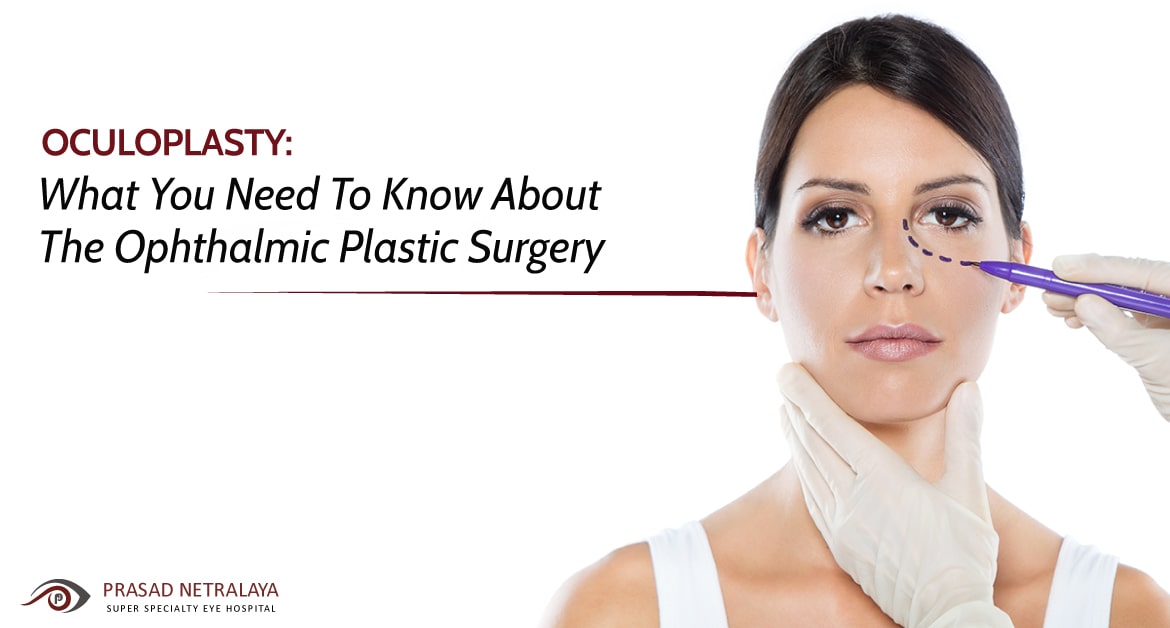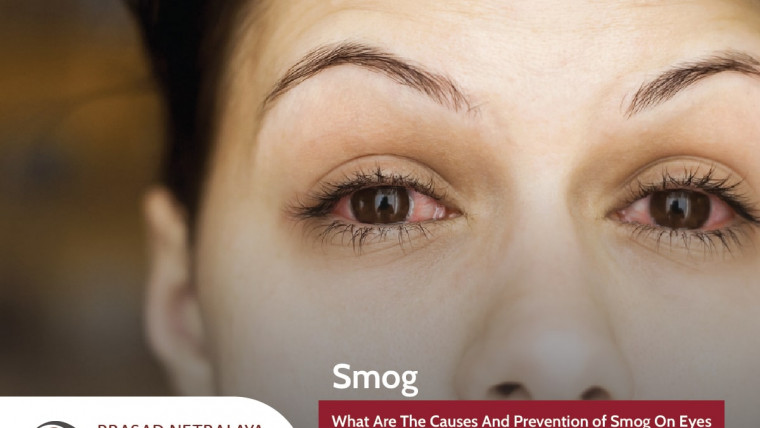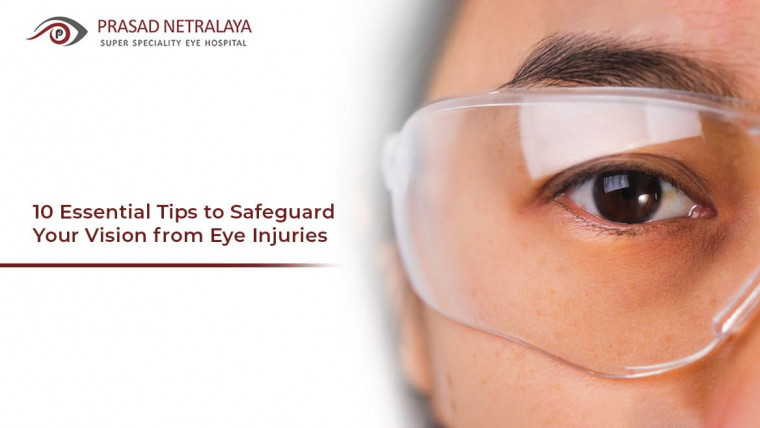Your eye is a remarkable organ. Yet, the eyeball is a delicate structure protected by the eyelid in the front and the bony cup (socket) in the back. Behind the eyeball are the nerves, arteries, and muscles that move the eyeball, provide nutrition to the eye and help you see the world. Oculoplasty deals with all these structures that surround the eyeball.
Table of Contents
What Is Oculoplasty?
Oculoplasty — often referred to as ophthalmic plastic surgery and oculoplastic surgery — is surgery related to the eye and its surrounding structures. It also deals with the various diseases of the eyelids and lacrimal system, and is commonly called both an art and science of plastic surgery! Oculoplasty surgery may be performed to improve the eye’s functions, comfort and appearance.
What Conditions May Require Oculoplasty?
Also known as oculoplastics, surgical procedures may be conducted for the eye socket, eyelids, tear ducts, and parts of the face. Conditions that may require oculoplasty surgery include:
- Ptosis: Also known as blepharoptosis, it is drooping of the upper lid. It could be congenital or appear later in life.
- Orbital fractures: Problems in the orbit of the eye or the eye socket may arise when there is a break in one of the bones surrounding the eyeball. This may happen due to an injury when something hits the eye very hard. A fracture may cause double vision and a sunken small appearance of the eye.
- Eyelid retraction: Eyelid retraction is the displacement of the upper eyelid superiorly or the lower eyelid inferiorly. It occurs from an increase in retractor force, as well as from scarring or other mechanical forces.
- Blepharochalasis: Blepharochalasis or blepharochalasis syndrome is a condition of episodic inflammation of the eyelids, especially seen in younger people. Excess fat may gather above and below the eyelids, causing sagging eyebrows and droopy upper lids. The lower eyelids are usually not affected.
- Ocular Tumours: The surgery may be required when there is a tumour in the eye (ocular tumour). Tumours are collections of cells that grow and multiply abnormally and form masses.
- Eyelids turning in or out (Entropion/Ectropion): When the eyelid is turned inward (inverted) causing the eyelashes to rub against the eyeball, the condition is called entropion. When the eyelid is turned outward (everted) so that its edge does not touch the eyeball, it is referred to as ectropion.
- Socket Reconstruction: This is not a condition per se, but the surgery is done before performing customised ocular prosthesis on a patient. Ocular prosthesis is the process of giving someone a prosthetic eye, or an artificial replacement for an eyeball. A prosthetic eye is a common option for someone who has lost an eye. The surgery involves natural eye removal and ocular implantation.
Frequently Asked Questions (FAQs)
Now, let us answer a few frequently asked questions about oculoplasty treatment.
Who needs Ophthalmic Plastic Surgery/Oculoplasty?
Can I know the cost of oculoplasty in India?
Who is an Oculoplastic surgeon?
What causes eyelid bags or droopy eyelids?
The ophthalmologists at Prasad Netralaya in Mangalore and Udupi are specially trained in the field of oculoplasty. You can avail a consultation to properly treat any eye-related conditions and vision problems that may have occurred due to the conditions. Call us at +91 9513596565 or book an appointment if you wish to visit in person.
Dr. Vikram Jain, M.S. had his medical training (MBBS) from Kasturba Medical College, Mangalore, India. He did his master’s in Ophthalmic surgery from Kasturba Medical College, Manipal. He currently manages the Glaucoma department of Prasad Netralaya hospital.



